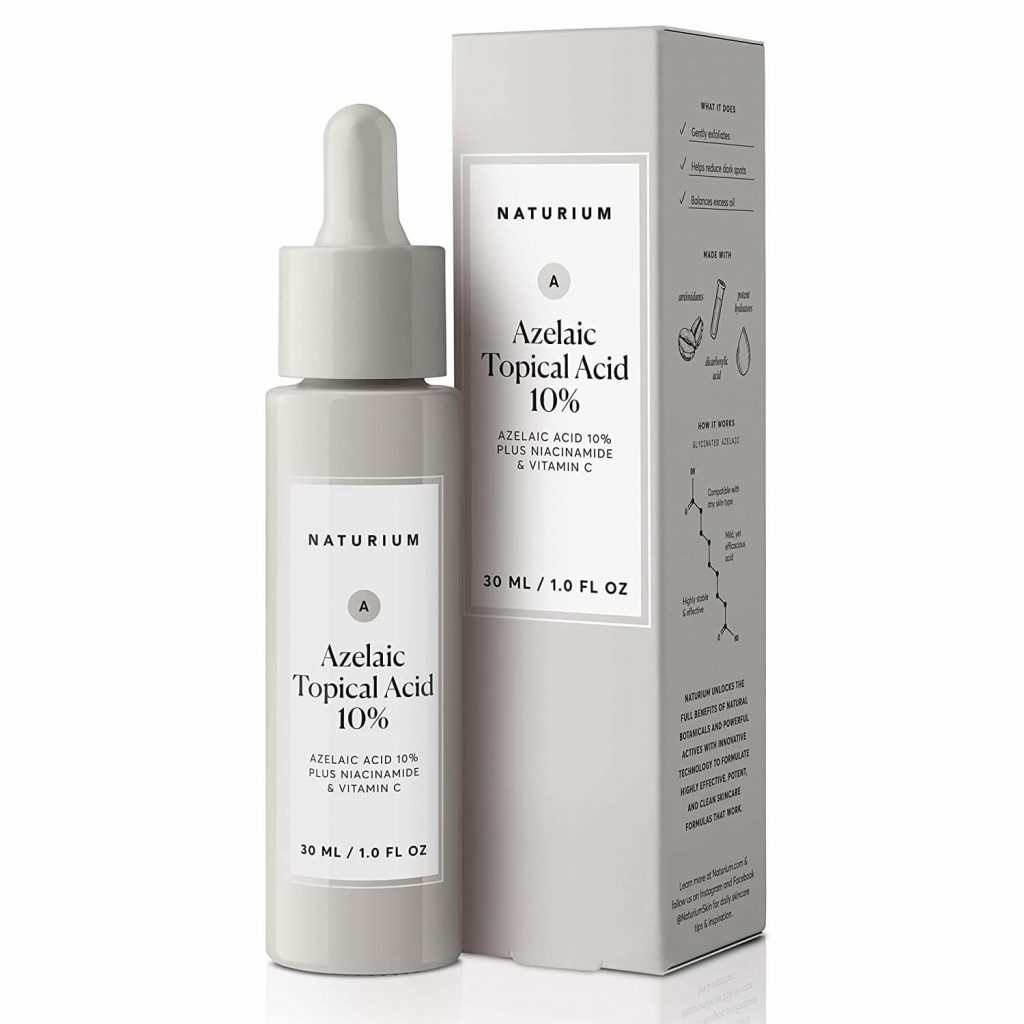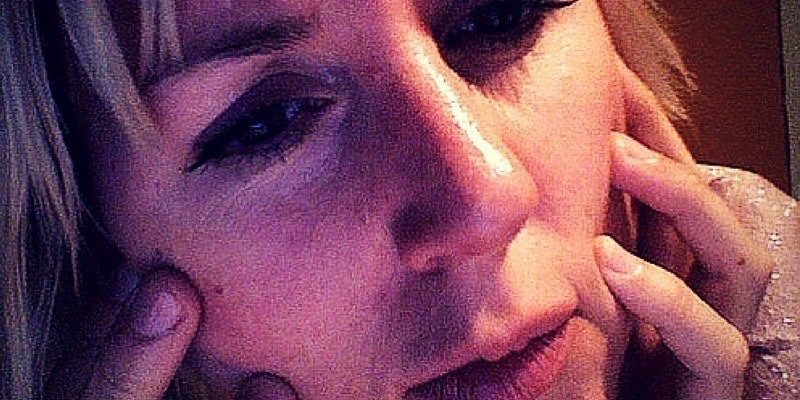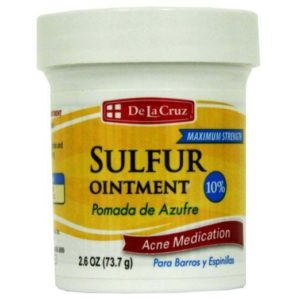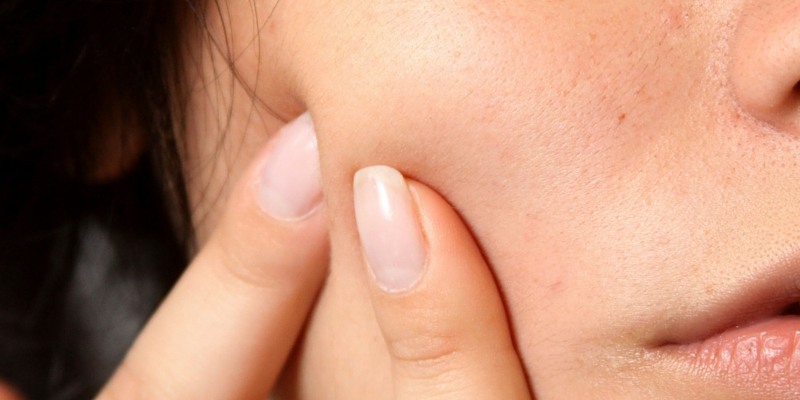Today we’re going to focus on helping you treat rosacea.
By the way, sometimes we feel it’s important to remind ourselves why we do the things we do. Why do you want to treat your rosacea? It isn’t an uncommon problem — millions of people are struggling with rosacea. It isn’t a life threatening medical condition. It doesn’t exactly ‘hurt’ physically enough to compel you to get immediate treatment.
But you know what it is doing? It’s preventing YOU from reaching your potential. Your potential to be as beautiful or attractive as you can possibly be. Even if your goal isn’t to turn heads when you walk into a room, perhaps you just want to be able to look in the mirror and have confidence or find relief seeing clear skin reflected back at you.
If you’ve been struggling with rosacea for a while, and maybe it’s been decades since it first reared its ugly head, you’re probably at the point where you just want to zap it away and move on with your life.
The good news is that you DO have the power to treat your rosacea or at the very least make its symptoms less severe. Remember, even a small improvement in skin quality is worthwhile because it’ll bring you one step closer to looking your very best. But we’re not simply aiming for moderate improvements here. Our goal is to help you completely treat it once and for all so you don’t have to worry about any kind of redness any more.
Sounds good?
Great.
What is Rosacea?
First, we’re going to give you a better understanding of what you’re dealing with here so you know why we treat it the way we do.
The tell-tale signs you’re dealing with rosacea is an easily flushed face, dilated blood vessels, and red bumps or pustules (usually around your nose and cheeks) that are commonly confused for acne vulgaris (conventional acne). Regular acne is different than rosacea “acne” and we treat it in different ways.
Some people’s rosacea takes the form of an almost permanent redness on their cheeks called erythema which looks like a really bad sunburn. Others find they’re more prone to getting the type with reddish bumps while some people get both.
Rosacea is fairly common in middle aged women with fair skin, and people of Northwestern European descent. It technically doesn’t have a cure and it’s often a lifelong problem for people — especially if left untreated but as we said before, you can manage it so you only get the occasional flare up. Your main goal in taming rosacea will be managing these flare ups and avoiding triggers that make the redness worse.
It’s exact causes aren’t even completely known but it likely has a genetic component and we know certain lifestyle conditions are able to trigger it.
Most people only have mild redness, but more severe types of rosacea often require the help of a dermatologist. Following the tips below and trying some of the treatments beforehand can save you a trip to the doctor’s office and you’ll find out if you have the more persistent type. If you can get the redness under control yourself, there’s no need to see one. Luckily, there are tons of treatments you can try so if your skin isn’t responding to one you can always try another.
The important thing is that you do something because rosacea often gets worse as you age if not treated. Take action today so you don’t have regret tomorrow!
Tips for Managing Redness
People with rosacea have sensitive skin which is closely related to the dry skin type.
If you haven’t already, we HIGHLY recommend reading our basic skincare routine for dry skin to help you create an effective routine that will address your skin’s specific needs.
Dry skin often feels inelastic because it doesn’t get enough oil on it’s surface and it isn’t retaining moisture. It’s also more prone to irritation from harsh ingredients which can further inflame your skin and flush your face. We took all of this into account when creating the routine so you won’t have to worry about making your rosacea symptoms worse by unknowingly doing something that irritates your skin.
As you’ll learn in the above routine, the key step is moisturizing. A quality moisturizer that also offers some UV protection will help alleviate any stinging or burning sensations and improve the general quality of your skin which will help the treatments below work even better.
If you think you have rosacea but a skin type other than dry, read this guide to help you find your type. You might have normal, oily, or combination skin which needs to be addressed in their own ways.
Another concern with rosacea is your skin’s natural lipid barrier takes a beating. The damage it takes is partly responsible for the red bumps you get on your skin. A good routine helps restore this barrier and provide your skin the tools it needs to repair itself. Cream based facial masks that also contain antioxidants come in useful for rebuilding your skin’s barrier.
So having a consistent skin care routine that you follow each day is step 1.
Here are a few more things to look out for that can trigger redness:
Extreme weather and temperatures like windy days or when it gets really hot or really cold can throw your skin off balance and increase redness. If you have rosacea you might want to reconsider saunas or taking hot showers that will cause your skin to flare. Use mild water and try to avoid the heat if possible. You likely already do this but we mention it just in case.
This is another reason why moisturization is so important. Increasing your skin’s water retention will also increase its elasticity which in turn will help it resist any extremes.
Sweating and physical activity can also worsen the appearance of rosacea. This is because it increases blood circulation bringing it towards the surface of your skin which will make it appear even more red. Don’t let this discourage you! Press an ice bag or cold water bottle to help control it. We definitely do not recommend you quit exercising because it’s only temporary. It’s still useful to know if you’re just going about your day rushing to get somewhere and don’t want your face flaring up in public.
Certain foods and drinks can also make conditions worse. You probably already know what these are for you. Usually it’s alcohol but some people flare up from dairy, chocolate and hot drinks in general. If you suspect there’s something responsible for flushing your face further, try eliminating it from your diet to see if any change happens.
Stress is a silent killer and it can leave your face looking even redder than before. Stress management techniques, getting more sleep, and meditation can all help you relax and manage rosacea when you have something that just makes your blood boil with anger or anxiety. Deep breaths. Breathe in, breathe out!
General Skin Care Ingredients to Avoid:
- Sulfates
- Alcohol
- Fragrances
- More on ingredients to avoid for sensitive skin here.
General Types of Products to Avoid:
- Toners & Astringents
- Harsh Foam Cleansers
- Harsh Facial Peels
- Facial Scrubs
All of the products can and will make your rosacea worse! If you find your current skincare products contain one or more of these ingredients, drop them. Your skincare routine should be helping you, not making things worse.
Following the advice above will make your rosacea more manageable. Now we’re going to look at exactly how to target and help eliminate its symptoms directly. Just because there isn’t a cure doesn’t mean we can’t practically reduce it’s symptoms to nothing.
Effective Rosacea Treatments
As we said before, rosacea should be treated as sensitive skin so we’re going to be using relatively gentle products. Nothing harsh, and nothing that contains irritants or inflaming ingredients.
Sulfur
We first talked about sulfur way back in our guide to acne treatments as an underrated method of treating breakouts. The good news it that a lot of the treatments that work for acne are also fairly effective for treating rosacea. With a few exceptions.
We prefer sulfur as a treatment especially for people who frequently get red bumps and the pimple form of rosacea. Why sulfur? It’s very gentle on the skin compared to other treatments (like benzoyl peroxide for example) and it’s unlikely to irritate if you use a product with a reasonable concentration. It also helps breaks down a skin protein called keratin which unclogs pores and is useful for treating pustules.
Sulfur is applied topically and it works best in combination with another ingredient called sodium sulfacetamide. Together, their antibacterial and anti-fungal properties are thought to be able to kill off a type of mite found in increased concentrations on rosacea sufferers and suspected to be a cause. They also help reduce redness thanks to their anti-inflammatory effect. The typical concentration is 10% sodium sulfacetamide and 5% sulfur.
Sulfur products also come in many different forms. This includes lotions, creams, foams, and soaps.
De La Cruz Sulfur Ointment Acne Medication
Azelaic Acid
Numerous studies have showed azelaic acid is effective for treating rosacea. Similar to sulfur, azelaic acid also breaks down the keratin protein on your skin and reduces general inflammation to help control redness and swelling.
Before you apply azelaic acid, you need to cleanse using something gentle appropriate to your skin’s specific needs. This step is important because getting your skin to a clean state will allow the azelaic acid treatment to work better by helping unclog pores and by removing any grime or leftover product.

Azelaic Topical Acid 10% by Naturium
Simply apply a thin layer and massage it gently over your skin, avoiding contact with your lips and eyes.
Pro Tip: Women should apply their makeup after it dries to help conceal any leftover redness. Apply your makeup with a brush and avoid rubbing which will just cause your skin to flush.
Azelaic acid is usually applied twice a day in the morning and at night. Expect it to take about a month before you see noticeable results. It takes time for your skin to improve, adapt to the product and change for the better so don’t be discouraged if you’re not seeing overnight results.
If you don’t find success with either sulfur, sodium sulfacetamide or azelaic acid, it’s time to see a dermatologist. You probably have a more severe form of rosacea that will require stronger treatments.
Oral Antibiotics & Prescription Treatments
Metrogel is the most common and probably effective prescription treatment used for rosacea. It’s available in a few different forms (cream, lotion, and gel) at .75% and 1% concentrations and it’s applied topically once or twice per day.
The biggest advantage of metrogel over other antibiotic treatments is how well tolerated it is by the majority of rosacea sufferers so it’s pretty unlikely you’d experience a negative reaction.
One study observed that over a period of 6 months, metrogel reduced inflammation as well as redness however it had little effect on improving the appearance of dilated blood vessels (aka spider veins).
Two more studies (PDF link) have shown that Metrogel is just as effective as tetracycline, an oral antibiotic used for rosacea, in reducing inflammation.
Other common treatments are minocycline and doxycycline which work similarly to tetracycline.
Some people have found success using Aczone or Epdiuo which is a combination of adapalene and benzoyl peroxide. Adapalene is a retinoid which helps exfoliate your skin and is similar to Retin-A. These are traditionally used to treat acne but they may also help with the red bumps that come with rosacea.
No matter which you get prescribed its important to finish a full course of the treatment. This can take several weeks and it’s pretty rare to see immediate improvement. As always, ask your dermatologist what they believe would be the best treatment for you. They’ll give advice specific to your situation.
Again, these medications are used to treat more severe forms of rosacea. You might not need them at all if you have milder forms or if the above treatments work for you. Azelaic acid, sulfur, and sodium sulfacetamide all have less adverse side effects and do not require a prescription.
Routine Recap
Following a skincare routine suited to your skin’s specific needs is vital:
- Keep your skin moisturized.
- Use a cream based facial mask to restore your skin’s natural lipid barrier and manage red bumps.
Avoid the common triggers we talked about:
- Extremes in temperature, sweating, certain foods / drinks, and stress.
- Also avoid using irritating ingredients and harsh products.
To treat your rosacea directly, try these first:
- Sulfur (with sodium sulfacetamide)
- Azelaic Acid
If you have severe rosacea and need something stronger, see a dermatologist!
That wraps up our guide to treating rosacea. What do you think? Have you conquered it yourself? Have any other tips? Let us know @maxmylooks on Pinterest or Twitter!
Featured Image Credit: Tara Hunt





